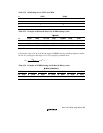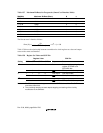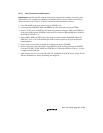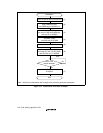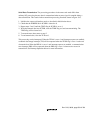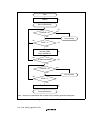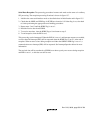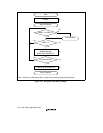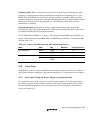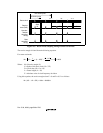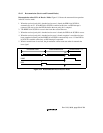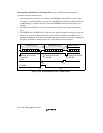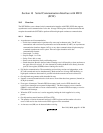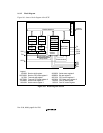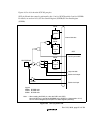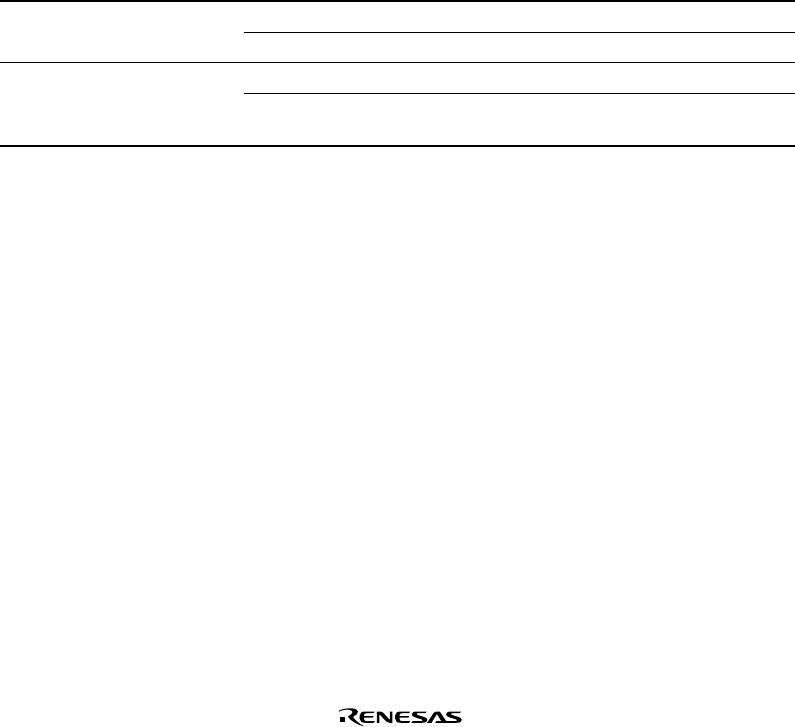
Rev. 5.00, 09/03, page 507 of 760
Switching Modes: When switching from receive mode to transmit mode, check that the receive
operation is completed before starting initialization, clearing RE to 0, and setting TE to 1. The
RDRF, PER, and ORER flags can be used to check if reception is completed. When switching
from transmit mode to receive mode, check that the transmit operation is completed before starting
initialization, clearing TE to 0, and setting RE to 1. The TEND flag can be used to check if
transmission is completed.
Interrupt Operation: In the smart card interface mode, there are three types of interrupts:
transmit-data-empty (TXI), communication error (ERI) and receive-data-full (RXI). In this mode,
the transmit-end interrupt (TEI) cannot be requested.
Set the TEND flag in SCSSR to 1 to request a TXI interrupt. Set the RDRF flag in SCSSR to 1 to
request an RXI interrupt. Set the ORER, PER, or FER/ERS flag in SCSSR to 1 to request an ERI
interrupt (table 15.9).
Table 15.9 Smart Card Mode Operating State and Interrupt Sources
Mode State Flag Mask Bit Interrupt Source
Transmit mode Normal TEND TIE TXI
Error FER/ERS RIE ERI
Receive mode Normal RDRF RIE RXI
Error PER,
ORER
RIE ERI
15.4 Usage Notes
When the SCI is used as a smart card interface, be sure that all criteria in sections 15.4.1, Receive
Data Timing and Receive Margin in Asynchronous Mode and 15.4.2, Retransmission are applied.
15.4.1 Receive Data Timing and Receive Margin in Asynchronous Mode
In asynchronous mode, the SCI runs on a base clock with a frequency of 372 times the transfer
rate. During reception, the SCI samples the falling of the start bit using the base clock to achieve
internal synchronization. Receive data is latched internally at the rising edge of the 186th base
clock cycle (figure 15.8).



